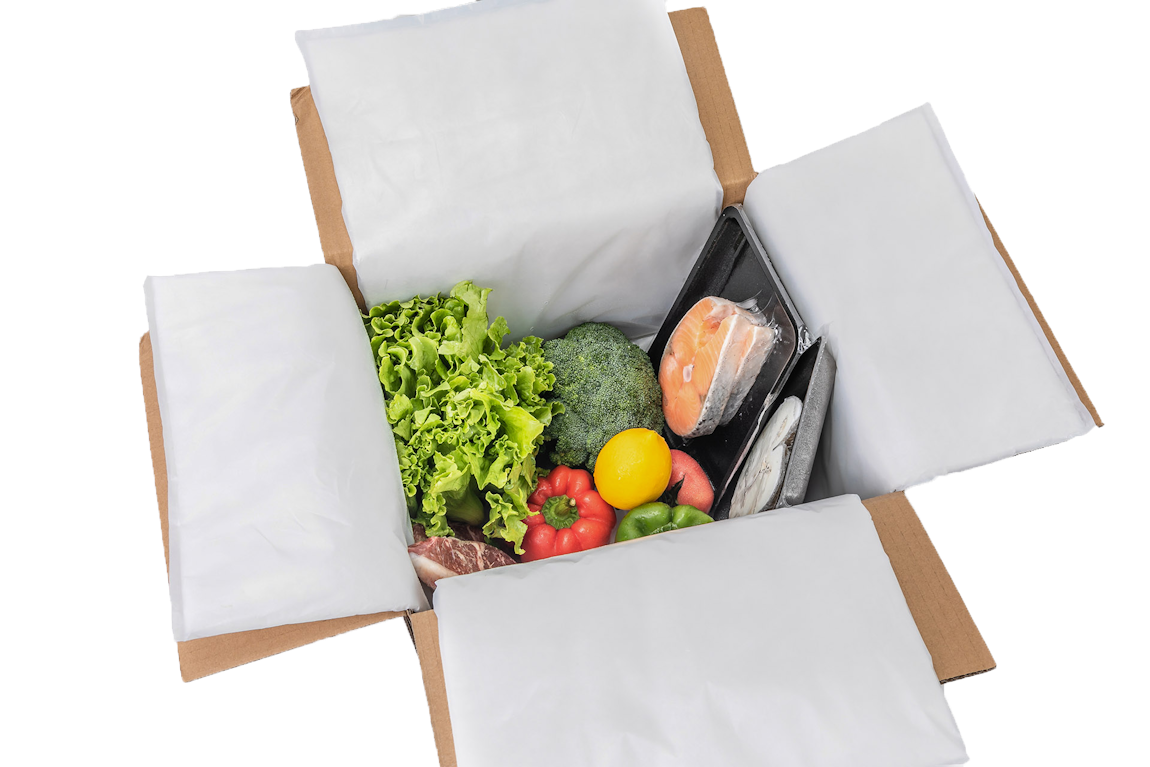The misconceptions of PLA
Around the world, PLA has been advertised as a renewable, biodegradable, plant-based alternative to petroleum-based plastics. Due to PLA being made from fermented starch, the plastic was said to be “carbon-neutral” and “non-toxic”, so many businesses made the switch from their petroleum products.
With reducing plastic consumption in mind, PLA seemed to be a win in terms of sustainability and became a popular alternative. Unfortunately, as more information has come to light, it became apparent this is far from the truth.
The environmental problems with PLA
When taking a look further into PLA plastics, many environmental issues revealed that zero waste was a complicated and unattainable path. The biggest problem with PLA is the very specific conditions needed in order for it to be properly composted.
Instead of being recycled with regular plastic materials, PLA needs to be sorted separately and brought to a ‘closed composting environment’ as otherwise it contaminates the recycling stream. However, when sent to industrial composting facilities it is then essential that PLA plastics are heated to 140 degrees and exposed to special digestive microbes that can biodegrade.
So, with the demanding conditions for biodegradation and the fact that it biodegrades very slowly, combined with the increased pressure on consumers to ensure their PLA waste is being sent to the right facility, makes it practically impossible for the products to complete their life cycle as marketed. It’s thought that because of these difficulties, PLA plastics more often than not end up in landfills or oceans – so not as sustainable as it may seem!



